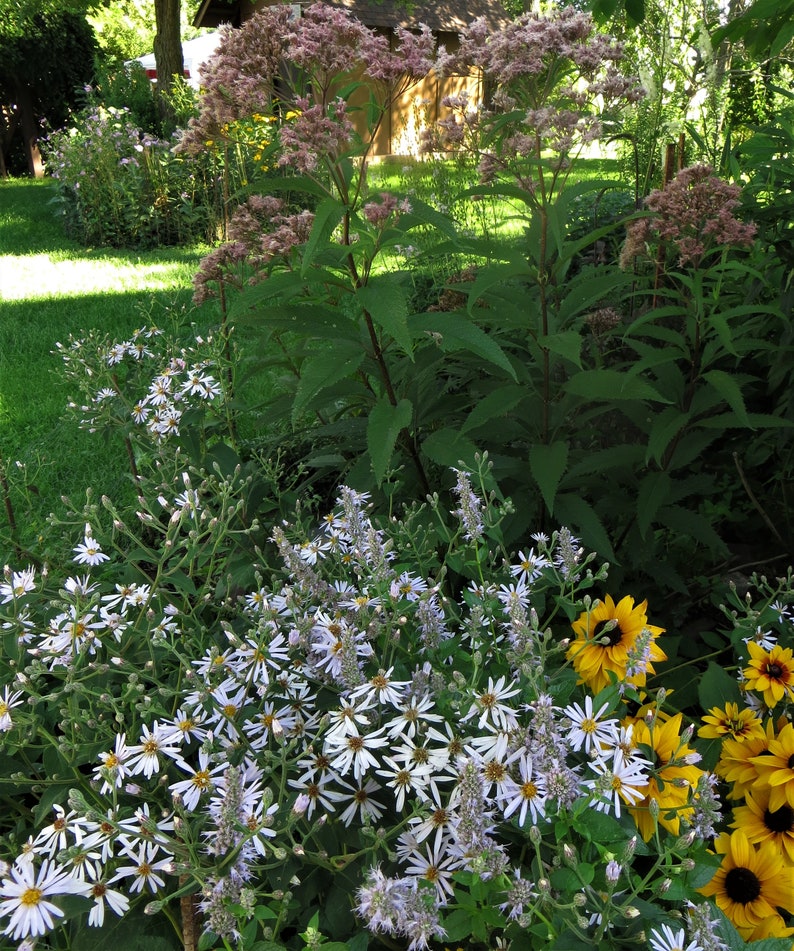

Plants in British Columbia Indian technology.

Canadian Journal of Forest Research 23:1775-1780. Establishment of salmonberry, salal, vine maple, and bigleaf maple seedlings in the coastal forests of Oregon. British Columbia Ministry of Forests Research Program, Victoria, B.C. Bigleaf maple managers’ handbook for British Columbia. The distribution and synopsis of ecological and silvical characteristics of tree species of British Columbia’s forests. Canadian Journal of Forest Research 18:1226-1233. Bigleaf maple seedling establishment and early growth in Douglas-fir forests. of Agriculture Forest Service, Washington, D.C. Native woody plant seed collection guide for British Columbia. Centre for Forest Conservation Genetics, Forest Genetics Council of BC, and BC Ministry of Forests and Range, Forest Science Program, Victoria, BC Technical Report 053. Forest Tree Genetic Conservation Status Report 1: In situ conservation status of all indigenous BC species. An ecogeographic framework for in situ conservation of forest trees in British Columbia. Recently, its contribution to stand- and species diversity and its commercial potential have been recognized (Peterson 1999). Bigleaf maple was formerly considered a weed. Despite a high rate of seed predation, seedling emergence (Tappeiner and Zasada 1993) and regeneration capacity are excellent. Bigleaf maple sprouts profusely after being cut. Reproductionĭuring most years, bigleaf maple produces abundant seeds (Fried et al. No in situ conservation concerns were identified for this species.

2005Ĭonservation Status Summary – from Chourmouzis et.al. Distribution and Protected Areas – from Hamann et.al. In BC, Bigleaf maple occurs mainly in the CWH zone, where it is common, in the CDF zone, where it is fairly abundant, and the IDF zone, where it is uncommon. The first peoples considered it an excellent fuel and used the wood for carving utensils (Turner 1979).īigleaf maple occurs from Southwestern British Columbia (including Vancouver Island) to California along the coast, i.e., in the central and south of the Pacific region, as well as an area south in the Cordilleran region. The seeds are an important food source for small mammals (Uchytil 1989 Burns and Honkala 1990 Klinka et al. No major pests or diseases are associated with this species. The species is moderately shade tolerant, occurs on coarse, gravelly moist soils, and occasionally occupies newly disturbed sites. Several stems originating from the same stump may form a cluster. Thin out the seedlings so there is at least 6 to 12 inches of space between them to provide adequate ventilation.Bigleaf maple is a deciduous, broadleaved tree with a broad, rounded crown, up to 30 m tall.New York asters are generally shorter at around 2 ft. New England asters tend to be taller and grow to between 3 and 4 ft. Seeds should germinate within 10 to 20 days. Many of the most popular types of asters are grouped into two main categories: New England asters ( Aster novae-angliae) and New York asters ( Aster novi-belgii ).Provide access to bright light for successful germination.Press the seeds into the soil mix, but don't cover them with more than 1/8 of an inch of soil.Rotating plant sites is best to minimize the risk of spreading diseases. Alternatively, sow directly outside once the soil temperature is consistently above 70 degrees Fahrenheit.Harden off gradually and transfer outside once the seedlings appear and the soil is consistently warm. Start the cold-sensitive seeds indoors in a tray with a thin layer of starting mix six to eight weeks before the last expected frosts.

Place a sheet underneath to catch the falling seeds as the plant dries out.


 0 kommentar(er)
0 kommentar(er)
